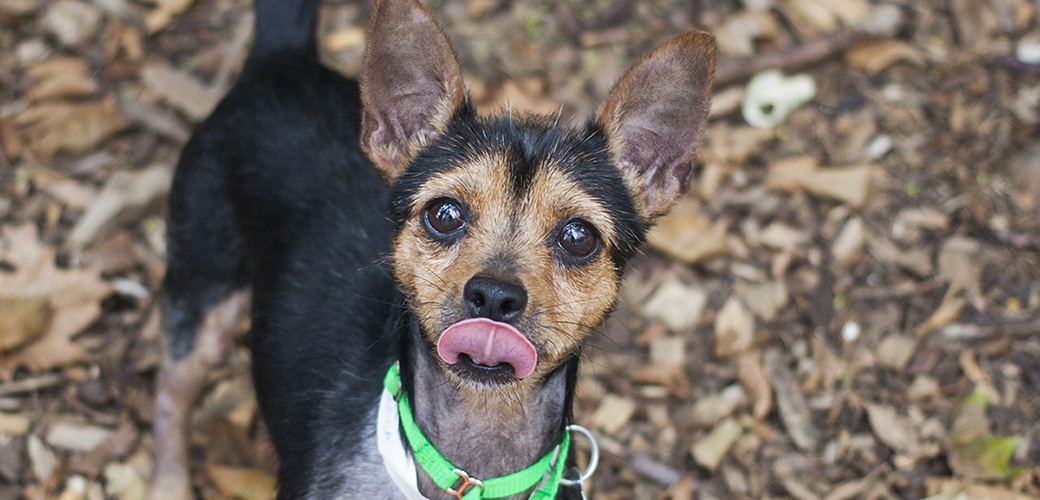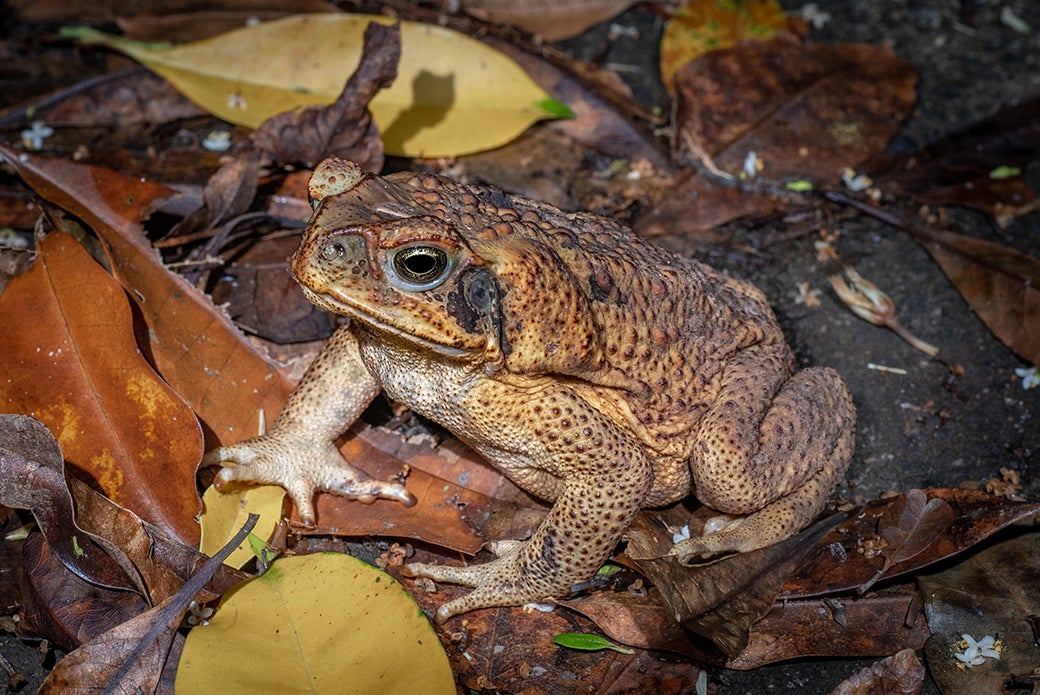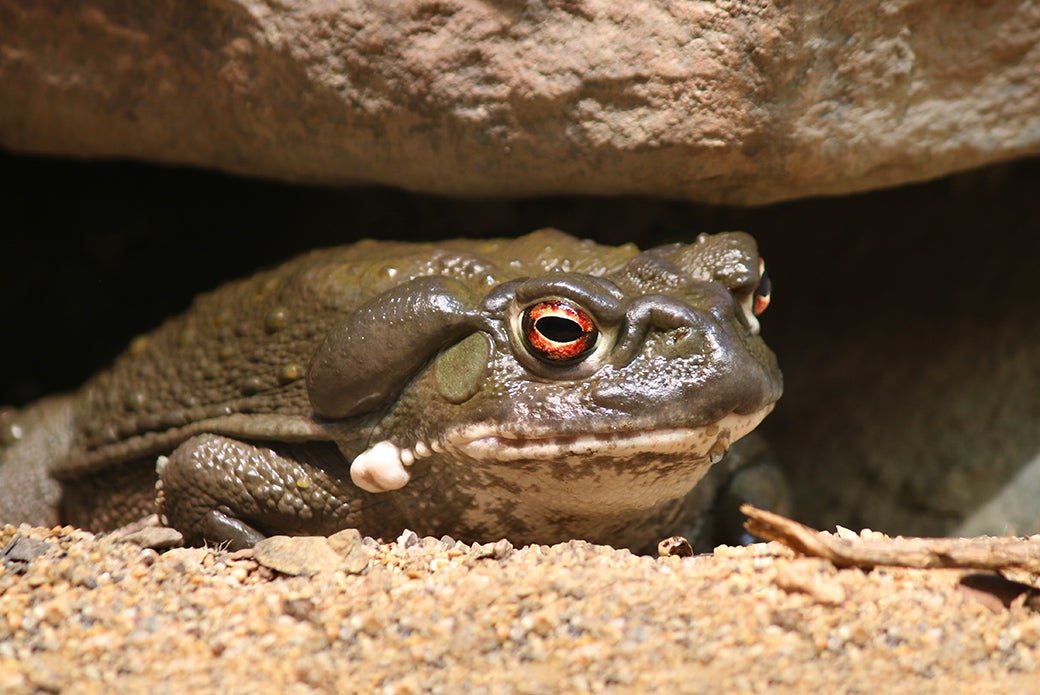The Trouble with Toads: Getting to the Bottom of This Toxic Threat
blog_apcc-toad_061419_main.jpg


Imagine this scenario: You let your pet out into your yard for a quick bathroom break before bed and as he is jogging along your fence line, he suddenly darts into some overgrown foliage. When he emerges, he is foaming at the mouth, retching and gagging. You quickly grab a flashlight to investigate, and find a terrified toad hiding in the brush. What do you do? Will your pet be okay?
Though poisoning from toads may seem uncommon, the ASPCA Animal Poison Control Center (APCC) occasionally gets calls from concerned pet parents after their pets have interacted with toads.
Dogs especially like to stick their noses in places they don’t belong, and a little creature who hops may be irresistible to your furry friend. As you can imagine, toads don’t like to be eaten, licked or chewed, so they have a unique defense mechanism—they secrete fluids from their glands to ward off predators.
The good news is that most toads in the United States are only mildly toxic, though their secretions can cause some dramatic signs when they come into contact with a pet’s mouth. Excessive drooling, foaming at the mouth and pawing at the mouth are common signs of ingestion–if a toad is actually ingested, vomiting can occur as well.
Dangerous Toads
There are two species of toads that can cause serious, life-threatening symptoms in pets:
Cane Toads
blog_apcc-toad_061419_body1.jpg


- Have large triangular glands behind each eye.
- DO NOT have ridges or crests on the top of their heads.
- Found in Florida, southern Texas and Hawaii.
Colorado River Toads
blog_apcc-toad_061419_body2.jpg


- Have distinctive oval glands behind each eye.
- Also have visible glands on their hind legs.
- Found in the southern portions of Arizona, New Mexico and California
The Colorado River Toad (Incilius alvarius) and the Cane Toad (Rhinella marinus) both secrete bufotoxins, which can cause irregular heartbeats, changes in heart rate, tremors and seizures. The initial signs will be similar to mildly toxic toads—drooling, pawing at the face, vomiting. But they will often progress to shock and neurologic signs within 30 minutes to several hours, eventually resulting in death. If your pet has been exposed to one of these highly toxic toads, getting them in to see a veterinarian immediately is critical.
One important thing to remember is that these dangerous toads only live in very specific areas in the United States. The Colorado River Toad can be found in the southern portions of Arizona, New Mexico and California, while the Cane Toad can be found in Florida, southern Texas and Hawaii. If your dog eats or licks a toad in most other parts of the US, only minor symptoms would likely be expected.
Identification
So what do you do if you live in a location where these dangerous toads are present? How can you tell if the toad your pet has come into contact with is harmless or potentially deadly?
APCC instructs that, if possible, take a photo of the toad using your camera phone. Keep in mind, the better quality the photo is, the more likely it is that the toad can be identified.
It is important to remember that both Cane and Colorado River toads are large in size.
What to Do When Your Pet Crosses Paths with a Toad
First, it is always best to contact either your local veterinarian or APCC at (888) 426-4435 if you suspect any sort of poisoning or danger in regard to your pet.
As long as your pet is conscious, rinse their mouth out with water for five to 10 minutes using a hose or other running water. Be sure to point the hose nozzle from the back of the mouth, to the nose with your pet’s muzzle down so that the water runs out the front of their mouth. Do not let your pet swallow the water, and DO NOT induce vomiting unless you are instructed to do so by a veterinarian or APCC.
If you live in an area where dangerous toads are found, take your pet into a veterinarian immediately after rinsing out their mouth. If dangerous toads are not found in your area, you should still contact a veterinarian, but rinsing out the mouth is usually sufficient to stop the drooling.
Preventing Exposure
There are some things that can be done to reduce the chance of your pet being exposed to a dangerous toad if you live where they are located. For starters, don’t leave pet food or water bowls outside—they will attract toads, and dogs can become ill just from eating food or drinking water that a toad has come into contact with. If you must leave your pet outside, use a raised water bowl and be sure to change the water frequently. Toads are most active early in the morning and at night, so be on alert during these times, especially during the summer after it rains. Avoiding dangerous toad exposures in the first place is the best way to protect your furry friends.
If you suspect your pet has been exposed to any poisonous substances or ingested something dangerous, contact your veterinarian or call Animal Poison Control Center (APCC) at 888-426-4435 immediately.
Source: Read Full Article


